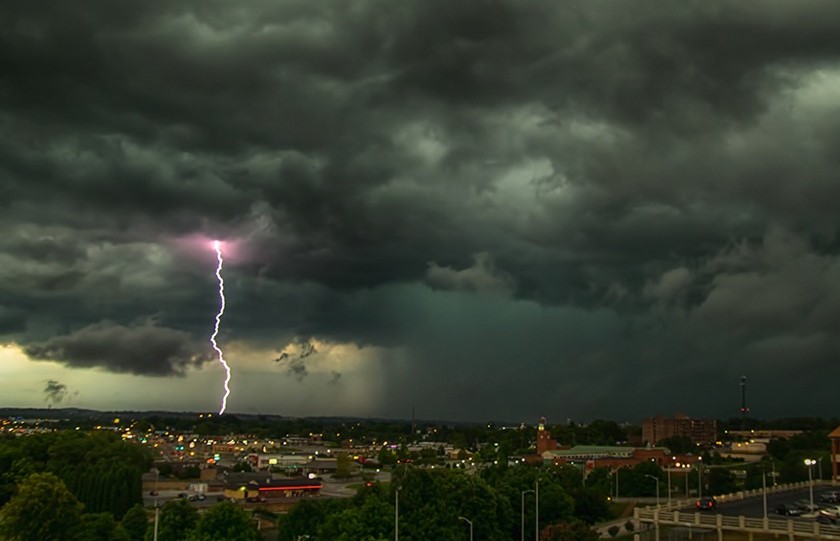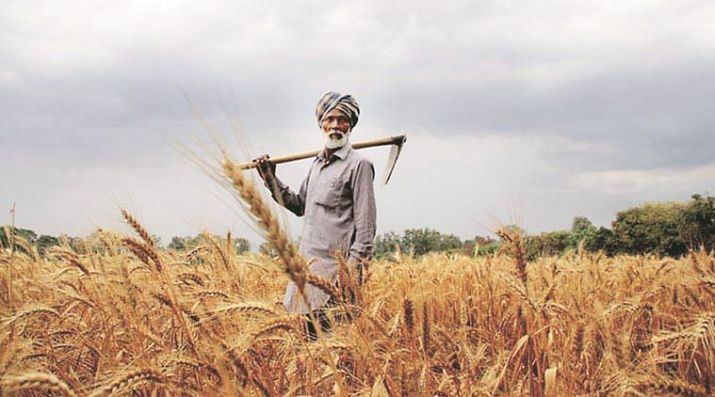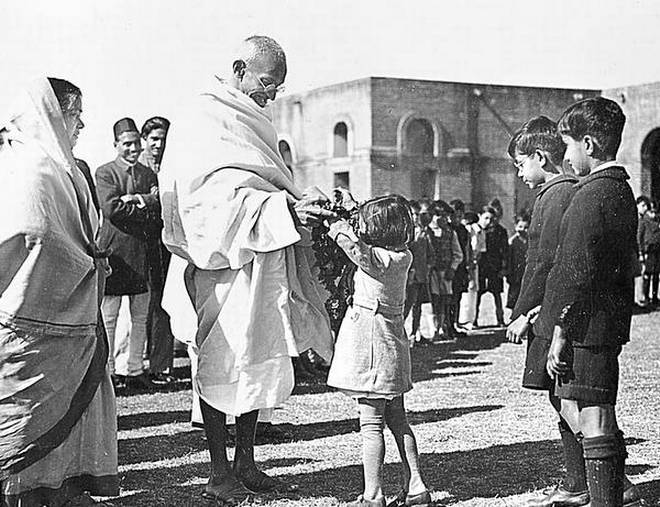June 25 was a very sad day in the history of natural disasters in India. As many as 110 persons died in a series of lightning strikes in Bihar and Eastern Uttar Pradesh on this day. There are very few previous cases of so many persons dying due to lightning in a single day in a region ( Bihar and Eastern UP share a long border).As many as 13 persons died in a single district Gopalganj while 8 perished in Madhubani ( Bihar). In UP nine persons died in Deoria district and 6 in Prayagraj district.
Extremely tragic as it was, this was by no means an isolated case as there have been several indicators of increasing distress and mortality due to lightning related causes. In Bihar a large number of lightning strike deaths were also reported in May. While lightning related mortality and injuries are reported from all states, the belt of Odisha, W.Bengal, Bihar, Jharkhand and East UP in Eastern India has been more in news due to this disaster in recent times.
In India a large number of farmers, farm workers, other workers , cattle grazers, nomads, forest produce gatherers, destitute and homeless people are more frequently caught up in thunderstorms without the possibility of accessing nearby shelter . Several of these persons tend to be together in groups so that more people are susceptible when lightning strikes. Children who have to walk a long distance to and from school daily are also more exposed to getting caught in thunderstorms. Absence of sanitation facilities at home may be another reason why more people may be caught in a thunderstorm.
Once lightning detecting sensor machines have been installed with adequate coverage in vulnerable regions, it should be possible to get about 40 minute advance warning and apps are available to convey this to people. At the same time there are practical difficulties. However an effort can be made to give a forewarning to the extent possible. If along with this region specific precautions have been adequately publicized, it should be possible to prevent several deaths and injuries. There should be better preparation in community and district hospitals for treating lightning-related injuries . Sanitation should be improved. There should be adequate provision in calamity relief and disaster response funds to help the affected families.
Despite increasing evidence of the high risk and mortality from lightning strikes, in the overall planning and preparedness for natural disasters, adequate attention has not been given to lightning. The extremely tragic recent deaths caused by lightning recently should serve as a warning that a time has come to devote much more attention to lightning as a leading natural disaster which has implications of high levels of mortality. While we can learn from the ability of several countries to keep down mortality relating to lightning to low levels, we also need to consider adequately causes specific to India and even more particularly those states and regions of India which are affected most by lightning related mortality.
Bharat Dogra is Convener of Save the Earth Now Campaign with SED Demand. His related books Planet in Peril and Protecting Earth for Children also draw attention to trends of adverse weather patterns and increasing disasters.














